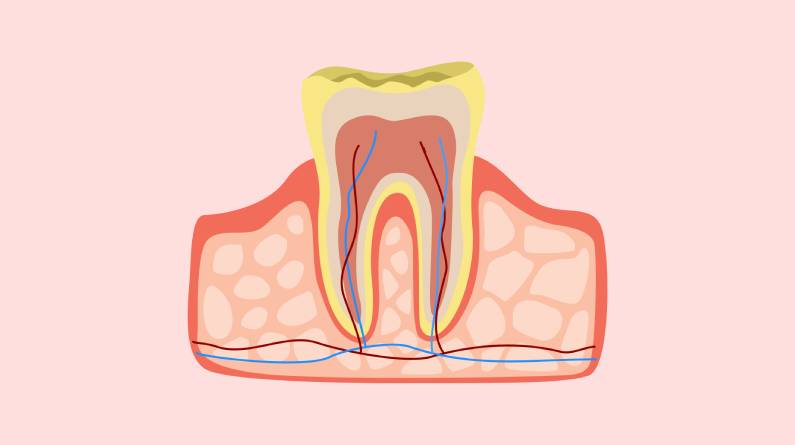The Dangers of Tooth Decay: Understanding the Process and Prevention
Tooth decay is a common problem that affects millions of people worldwide. It occurs when bacteria in the mouth produce acids that damage the tooth enamel, leading to cavities and potentially more severe consequences.
What is Tooth Enamel?
Tooth enamel is the hard, outer layer of the tooth that protects it from decay. It’s the hardest tissue in the human body, made up of 95% calcium and phosphate ions that form hydroxyapatite crystals.
The Process of Tooth Decay
Tooth decay occurs in five stages:
1. Initial Demineralization: Acids react with the enamel, removing minerals and causing a white spot to appear.
2. Enamel Decay: The white spot darkens, and a small hole or cavity forms.
3. Dentin Decay: The decay reaches the dentin, a softer layer beneath the enamel, causing sensitivity.
4. Pulp Damage: The pulp, containing nerves and blood vessels, becomes inflamed and painful.
5. Abscess: Pus forms in the pulp, causing severe pain, swelling, and potentially spreading to other areas of the head and neck.
Symptoms of Tooth Decay
Symptoms vary depending on the stage of decay:
– Toothache without visible reason
– Sensitivity to hot or cold food
– Pain while eating or drinking
– Visible holes or staining on the tooth
– Pain during biting
Treatment and Prevention
Treatment depends on the stage of decay:
– Fillings for small cavities
– Crowns or root canals for more extensive damage
– Extraction in severe cases
– Antibiotics to eliminate infection
Prevention is key:
– Brush teeth regularly with fluoride toothpaste
– Floss daily to remove plaque
– Limit sugary and acidic foods
– Visit the dentist regularly for check-ups and cleanings
References:
https://www.mouthhealthy.org/en/az-topics/d/decay
https://www.mayoclinic.org/diseases-conditions/cavities/symptoms-causes/syc-20352892
https://www.healthline.com/health/dental-and-oral-health/tooth-decay-stages#treatments

